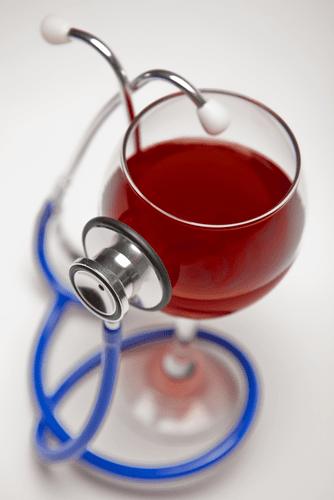Becoming more aware of your alcohol triggers and reasons for drinking can help you plan ways to help manage the urge to drink. “Alcohol is a poison that we happen to enjoy,” White says. It’s OK in moderate amounts — which means no more than 1 drink a day for women — no more than 2 per day for men. Think about what’s motivating you to take a break from alcohol.
After all, a serving of alcohol is a 12-ounce beer, 5-ounce glass of wine, or 1.5 ounces of hard alcohol.1 Most people have more than that at happy hour or on the weekend. Not too long ago, how to take a break from alcohol a group of women in a bar who were not drinking alcohol would have seemed kind of strange. Still, abstaining from alcohol — on a short-term basis or longer term — is becoming more common.
How to take a break and reset your alcohol tolerance
Contacting your primary-care physician is also a good place to start. The good news, according to Humphreys, is that this is possible. “There are far more people who can reduce successfully and be much healthier and still continue to drink alcohol,” he said. “Make sure to have lots of non-alcoholic beverages both in your home and when you go to parties and social gatherings,” she says, this can include sparkling water, non-alcoholic beer and more. “You might want to set a number of days per week that you don’t drink, or you may want to set an upper limit on how many drinks you have on the days that you do drink,” she says.
- For many people, quitting drinking revolves around hitting the proverbial “rock bottom” and seeking recovery through peer-support groups or in-person treatment centers.
- First there was “Dry January,” when people could brag on social media about how they were taking a break from booze.
If you’ve attempted to cut back on alcohol but were unable to do so, it’s possible that you need professional help to help you stop drinking. When you begin to rethink your relationship with alcohol, your friends and family may not be on board — especially if those are some of the people that you used to drink with. Exploring, in writing, what you find difficult and when you most want to drink can help you notice patterns that offer more insight into your alcohol use. Comparing the emotions that come up when you have a drink with the feelings you experience when abstaining also helps you recognize when drinking doesn’t fix the problems you’re trying to manage.
The Modern Mocktail: 3 Distinctive Nonalcoholic Drink Recipes
The more you drink, the more likely it is that you’ll damage parts of your heart that you really, really need. If you drink a lot, you might notice heart symptoms that seem to be worse—like palpitations and higher blood pressure—when you first stop drinking. Those initial disturbances should calm within two weeks. While many can reduce consumption without professional assistance, some will need additional help. Those who consume large amounts of alcohol might be at risk of developing withdrawal symptoms if they stop suddenly.


